Jammu | Jammu and Kashmir | India | 180001
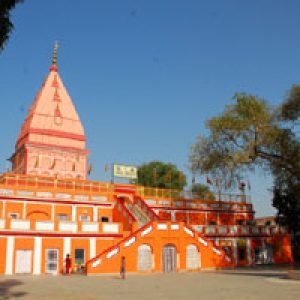
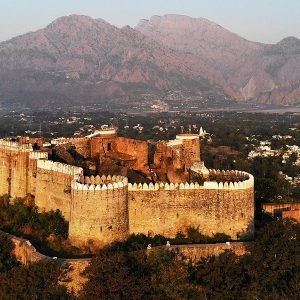
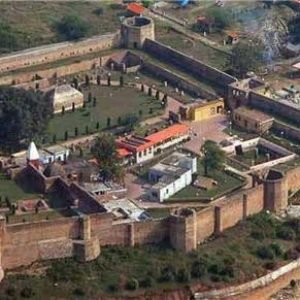
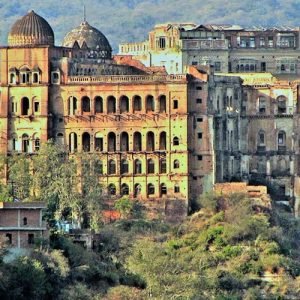
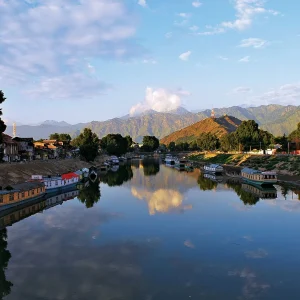
Table of Contents
ToggleJammu is a city in Indian-administered Jammu and Kashmir in the disputed Kashmir region. It is the winter capital of Jammu and Kashmir, which is an Indian administered union territory. It is the headquarters and the largest city in Jammu district. Lying on the banks of the river Tawi, the city of Jammu, with an area of 240 km2 (93 sq mi), is surrounded by the Himalayas in the north and the northern plains in the south. Jammu is the second-most populous city of the union territory. Jammu is known as “City of Temples” for its ancient temples and Hindu shrines.
Exploring Jammu: A Comprehensive Guide to the Jewel of Northern India
Jammu is sometimes called the “City of Temples,” and indeed, it is one of the richest and most culturally valued regions in northern India. At the same time, while being located near to great Himalayas, Jammu offers a unique combination of peaceful spirituality, natural beauty, and rich cultural heritage. Whether you want to visit the historical monuments, religious places, or simply admire its scenic beauty, Jammu is able to welcome all types of tourists. This blog shall offer a detailed traveling guide on Jammu, detailing its top attractions, cultural significance, local cuisine, and all practical travel ideas that may turn your journey unforgettable.
Introduction to Jammu: The Land of Temples and Spirituality
The city of Jammu is known as the winter capital of the Indian state of Jammu and Kashmir. It is one of the most significant pilgrim centers in the country. Apart from some other beautiful landscapes, majestic mountains, and spiritual importance, the city also comprises the riverside of Tawi. This city being located on the banks of Tawi River, was a gateway to many sacred places and historical landmarks. Jammu is also called the “Land of Temples” because here lie many temples with mythological as well as cultural significance attached to each one of them. The city had long been a hub for Hindus, which attracts devotees from every nook and corner of the globe, especially to the most famous Vaishno Devi pilgrimage.
Best Places to Visit in Jammu
Jammu is replete with religious sites, natural attractions, and historical landmarks which add to it being a perfect tourist destination. Some of the must-visit places in Jammu are listed below:
i. Raghunath Temple: A Peep into Religious Heritage of Jammu
Raghunath Temple is the largest temple complexes in North India, dedicated to Lord Rama, located centrally in the city of Jammu. This marvelous temple structure is a wonderful wonder of Kashmiri architecture, with beautifully carved wooden ceilings and stone sculptures. It houses several other shrines consecrated to other gods and goddesses, such as Lord Lakshman and Lord Hanuman, and is generally buzzing on festivals like Ram Navami. It is also a beautiful temple whence people go through and enter to feel the holy serenity of the temple, which is a veritable place for spiritual introspection.
ii. Ranbireshwar Temple: Temple of Lord Shiva
Ranbireshwar Temple is another popular temple in Jammu dedicated to Lord Shiva. Designed by Maharaja Ranbir Singh in 1883, the temple contains one of the largest Shiva lingams in India. This temple has all the qualities of being a perfect visiting destination, coupled with its complex architecture and religiosity. Situated close to the center of this city and lesser distances from one’s communication circle, it offers very peaceful escapades from the locales of the maniacal urban life.
iii. Mubarak Mandi Palace: A Royal Heritage Site
Mubarak Mandi Palace is a highly apt synthesis of Rajasthani, Mughal, and Kashmiri architectural styles, once the Dogra kings’ palace. A kind of royal history unfolds itself across the center of the city in this palace. Now, it has been turned into a museum, and its rich heritage is underlined with artifacts, portraits, and antique furniture of the royals. One can also see the panorama from the palace yards, which has a marvelous view of the Tawi River.
iv. Baag-e-Bahu Garden and Fort: Historic Monument
Bahu Fort is one of the most ancient and famous monuments of Jammu. It is said to have been built around 3,000 years ago and has played a strong military and cultural role in the region. The fort provides excellent views of the city and the Tawi River. Baag-e-Bahu Garden surrounds the fort-a very well-manicured park that provides a quiet escape amidst nature. It will surely be treasured, and within the fort, there is also a temple of Goddess Kali, hence the pilgrimage also rich in spirituality.
v. Vaishno Devi Katra: An Abode for the Pilgrims
The legendary Vaishno Devi Yatra provides a base town in Katra. This is an extremely energetic town that is steeped in religious fervour, local markets and hospitality. There are dozens of accommodations in the town, from budget hotels to luxury resorts. The town also serves as a gateway to several other temples, so pilgrims and tourists eagerly wait to visit Katra.
a. Vaishno Devi Temple: Most Holy Shrine
Situated in the Trikuta Mountains, about 13 kilometers away from Katra town, this is among India’s most revered and important pilgrimage destinations. Millions of devotees cover this mountainous route to reach this temple of Goddess Vaishno Devi each year. Being on an elevation of about 5,200 feet above sea level, the view across the valleys around is dramatic and thus a trek turns out to be not only a spiritually enriching journey but also physically rejuvenating. Devotees believe that a visit to the temple brings them blessings and spiritual fulfillment. The complex is equipped with all kinds of facility options regarding cable cars and palkis, or palanquins, to make traveling a little easier.
Rich Cultural Heritage and Festivals of Jammu
Jammu is basically a land steeped in the wet history of the centuries, culture, and traditions. Festivals, music, dance, and local traditions that celebrate in this region are highly influenced by the spiritual and historical fabric of the city.
i. Dogra Culture: A Blend of Tradition and Modernity
This flavour of Punjab, Kashmir and Tibet is determined by the dominant Dogra culture of Jammu. This tapestry can be seen in the traditional garb, folk music, dances, and art of the region. Dogri folk songs, like the popularized “Dhumal” and “Gojri” dances, are all given expression at festival time and other special celebrations. The Dogras are very normally very hospitable and full of energy in lifestyle, which attracts tourists into Jammu.
ii. Festivals Celebrated in Jammu
Jammu marks great celebrations of most of the festivals, mainly those involving rituals. The important festivals that are celebrated here with great enthusiasm are as under:
Makar Sankranti: This festival finds its importance with the sun movement into Capricorn and falls during January. All mankind performs activities on this particular day, like harvesting traditions, kite flying, burning bonfires, and communal feasts.
Baisakhi: The festival wakes up the harvesting season, and it is yet another pious festival in Jammu. The festival is characterized by classical dances, singing, and prayers.
Navratri: The nine-day so-called festival of Goddess Durga is celebrated in Jammu with great pomp and show, which includes processions, cultural performances, and temple rituals.
Diwali: The festival of lights, as is quite evidently celebrated in Jammu and visible through the lampstands and candles decorating all homes and street lights, fireworks lighten up the town; it is time for much-needed family-time celebrations.
Ram Navami: One of the great religious festivals in Jammu is the birth of Lord Rama. The vibrant processions and the rituals under celebration in different temples almost at the same time are feasts to the masses.
Food of Jammu: A Treat for Foodies
Dogra, Kashmiri, and Punjabi cuisine tastes deliciously flavorful. Against this stands the audacious spices, the rich gravies, and the aromatic rice preparations against the backdrop of Jammu, at times overwhelming foodies.
Popular Dishes of Jammu
- Rogan Josh: Rogan josh is a classic Kashmiri recipe that is an aromatic lamb curry infused with Kashmiri spices. It is a staple in the culinary landscape of Jammu.
- Dum Aloo: Baby potatoes cooked in tangy gravy as well as served normally with naan, roti, and other traditional breads
- Khatta Meat: It is a traditional dish, a sweet and sour flavor made with mutton, tamarind, and so on
- Rajma (Kidney Beans) is one of the favorite vegetarian dishes in Jammu region, and is mostly taken with steaming hot rice.
- Kesar Milk: This milk, saffron, and nuts dessert drink is taken as one of the rich and luscious tastes of Jammu.
Street Food of Jammu
Street food of Jammu is also very vibrant. Jammu’s street food contains many savory snacks that are an advantage to locals in local markets. Some popular street food of Jammu are:
- Amritsari Kulcha: Stuffed flatbread with spicy chutneys and curd perfect for the on-the-go snack.
- Kachalu: A spicy dish made from boiled potatoes, finished off with mustard seeds and drizzled with tamarind and other spices.
- Samosas and Pakoras: Crunchy fried street snacks sold in every nook and corner of Jammu, and generally served with sour chutneys accompanying.
Best Time to Visit Jammu
Jammu remains to be such a climatically seasonal city and its visiting time depends much on the type of experience one would wish for.
i. Summer (March to June)
During summers, it remains as hot as 30°C to 40°C. As the sun shines brightly, with which the weather is generally very nice and it is so pleasant time to visit the temples, gardens, and royal sites of Jammu.
ii. Monsoon (July to September)
It leads to heavy rains in Jammu, which makes the landscape look green and lush. However, it was a challenging time while traveling throughout the hilly regions. Monsoon time is perfect for nature lovers and to appreciate the beauty of the monsoon time.
iii. Winter (October to February)
Winter brings cold and snow to the place, so it is a fantastic season to visit Jammu for those who like snowfall and fresh cold air. It is indeed a very peak time to visit Vaishno Devi pilgrimage as it attracts millions of devotees to seek spiritual relief.
How to Reach Jammu
Jammu is very well connected with every other city of India, so reaching this city is never a hassle for any traveler.
i. By Air
Nearest Airport: The closest airport to Jammu City is Sheikh Ul-Alam Airport that lies at an approximate distance of 8 kilometers from the city center. This Airport connects Jammu with major cities like Delhi, Mumbai, and Chandigarh through flights.
ii. By Train
The main railway station in the region is Jammu Tawi. The railway system allows access to cities like Delhi, Amritsar, and Mumbai. Many visitors through the area are by trains.
iii. Road Network
The area is very well connected by roads to cities like Delhi, Amritsar, and Srinagar. With highways NH1A and NH44, it can be easily accessed by bus, taxi, and private car.
Travel Tips When Visiting Jammu
i. Pack according to the Weather: The heat could be MASSIVE during summers, and hence pack in light clothes. During winters, warm clothes will be required.
ii. Respect Local Customs: While visiting temples, respect the local customs prevailing there.
iii. Hydration: If you plan on trekking to Vaishno Devi, do not forget to carry adequate water and snacks.
iv. Local Markets: All markets in Jammu are quite good places from where you can purchase local handicraft and souvenirs.
Conclusion
Be it its so religious and unbeatable landscape to the provocative culture and tempting food, Jammu welcomes all with an experience unique to itself. Be it spiritual, historical, or natural beauty, it stands unquestioned to the charm of Jammu. The city needs to be planned for, respectable for its customs, and set in altogether for an unforgettable adventure.
FAQ's
1. What is Jammu known for?
Jammu is known for its religious significance, particularly the famous Vaishno Devi Shrine, beautiful temples, and stunning natural beauty, including the Mansar Lake and Patnitop.
2. Where is Jammu located?
Jammu is located in the northern part of India, in the union territory of Jammu and Kashmir. It lies along the banks of the Tawi River and is near the border with Pakistan.
3. What is the best time to visit Jammu?
The best time to visit Jammu is during the winter months (October to March), as the weather is pleasant for sightseeing. However, Vaishno Devi pilgrims often visit year-round, with the summer months being popular too.
4. How can I reach Jammu?
Jammu is well-connected by air, rail, and road:
- By Air: Jammu has its own airport, Jammu Airport, with flights connecting to major cities like Delhi and Srinagar.
- By Train: Jammu has a major railway station, Jammu Tawi Railway Station, with trains connecting to various cities across India.
- By Road: Jammu is well-connected by highways and can be reached by buses, taxis, or personal vehicles from nearby cities.
5. What are the main tourist attractions in Jammu?
Key attractions in Jammu include:
- Vaishno Devi Temple
- Mansar Lake
- Ranbireshwar Temple
- Raghunath Temple
- Patnitop
- Mubarak Mandi Palace
- Bawe Wali Mata Temple
6. Is Jammu safe for tourists?
Yes, Jammu is generally safe for tourists. However, it’s important to stay updated on local conditions, especially in areas near the border, and follow travel advisories.
7. What is the significance of Vaishno Devi Temple in Jammu?
Vaishno Devi Temple is one of the holiest shrines for Hindus and attracts millions of pilgrims every year. It is dedicated to Goddess Vaishno Devi and is located on Trikuta Mountain, about 13 kilometers from Katra.
8. How far is Vaishno Devi Temple from Jammu city?
The Vaishno Devi Temple is located in Katra, around 50 kilometers from Jammu city. Pilgrims usually travel from Jammu to Katra by road and then trek to the temple.
9. Can I visit Jammu in the summer?
Yes, Jammu is a popular summer destination, especially for tourists traveling to Vaishno Devi. The weather is warm, but it is also a great time to visit nearby hill stations like Patnitop for a cooler climate.
10. Are there any hill stations near Jammu?
Yes, there are several hill stations near Jammu, including:
- Patnitop (popular for trekking and scenic views)
- Mansar Lake (a serene, scenic spot)
- Bani (a quiet and less explored hill station)
11. What is the climate like in Jammu?
Jammu experiences a subtropical climate. Summers (April to June) can be very hot, with temperatures often exceeding 40°C. Winters (December to February) are cold, with temperatures sometimes dropping to below 5°C.
12. What is the distance between Jammu and Srinagar?
The distance from Jammu to Srinagar is approximately 270 kilometers (around 6-8 hours by road). It can be covered by car, taxi, or bus.
13. What are the local foods to try in Jammu?
Some popular foods in Jammu include:
- Rogan Josh (a famous Kashmiri dish)
- Rajma (kidney beans curry)
- Chole Bhature
- Aloo Dum
- Kadhi (a yogurt-based curry)
- Patisa (a sweet dish)
14. Is there a local market for shopping in Jammu?
Yes, Jammu has many local markets, such as:
- Raghunath Bazaar (famous for traditional Kashmiri handicrafts, woolens, and shawls)
- Jammu Haat (for local handicrafts and souvenirs)
- Rani Park Market (for clothing, jewelry, and handicrafts)
15. Are there any trekking opportunities near Jammu?
Yes, there are several trekking routes near Jammu, including:
- Patnitop to Nathatop trek
- Mansar Lake trek
- Vaishno Devi trek (a popular pilgrimage trek)
16. What is the distance between Jammu and Katra?
Jammu is approximately 50 kilometers from Katra. The drive takes around 1 to 1.5 hours by road.
17. What is the best way to travel from Jammu to Vaishno Devi?
The best way to reach Vaishno Devi Temple is to take a bus, taxi, or shared vehicle from Jammu to Katra, and from there, either walk the 13 km trek or take a pony or helicopter ride to the temple.
18. What are the religious sites in Jammu apart from Vaishno Devi?
Apart from Vaishno Devi, some key religious sites include:
- Ranbireshwar Temple (dedicated to Lord Shiva)
- Raghunath Temple (one of the largest temple complexes in northern India)
- Baba Sidh Goria Temple
- Mubarak Mandi Palace (historical and cultural significance)
19. Can I visit Jammu for a short trip?
Yes, Jammu is an ideal destination for a short trip, with attractions like Vaishno Devi, Raghunath Temple, and Patnitop being easily accessible for a 2-3 day visit.
20. Is there a zoo or wildlife sanctuary in Jammu?
Yes, Jammu is home to the Manda Zoo and the Ramnagar Wildlife Sanctuary, where you can enjoy observing wildlife like leopards, bears, and various bird species.
21. Is Jammu famous for any festivals?
Yes, Jammu celebrates various festivals, including:
- Makar Sankranti
- Baisakhi
- Navratri (with special celebrations at Vaishno Devi)
- Diwali
- Holi
22. Can I take a helicopter ride to Vaishno Devi from Jammu?
Yes, helicopter services are available from Katra to Vaishno Devi Temple, providing a quick and scenic way to reach the temple.
23. What is the cuisine like in Jammu?
The cuisine in Jammu features a mix of Punjabi and Kashmiri flavors. Popular dishes include Wazwan, Kashmiri Dum Aloo, Kadhi, and Kashmiri Roti.
24. What is the distance between Jammu and Amritsar?
Jammu is about 230 kilometers from Amritsar, which can be covered in approximately 5-6 hours by road.
25. Is Jammu suitable for a family vacation?
Yes, Jammu is an excellent destination for family vacations, offering religious sites, scenic beauty, hill stations, and cultural experiences, all of which can be enjoyed by people of all ages.
People Also Read:
How to book Tours for Jammu with Charzan Holidays?
For a seamless and exceptional booking experience, contact Charzan Holidays at reservations@charzan.in or call us at +919622224473
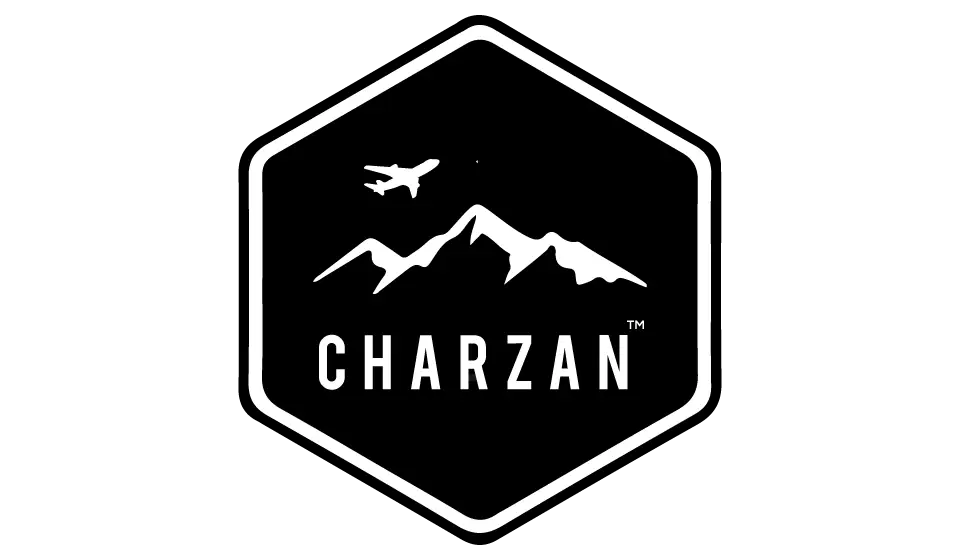

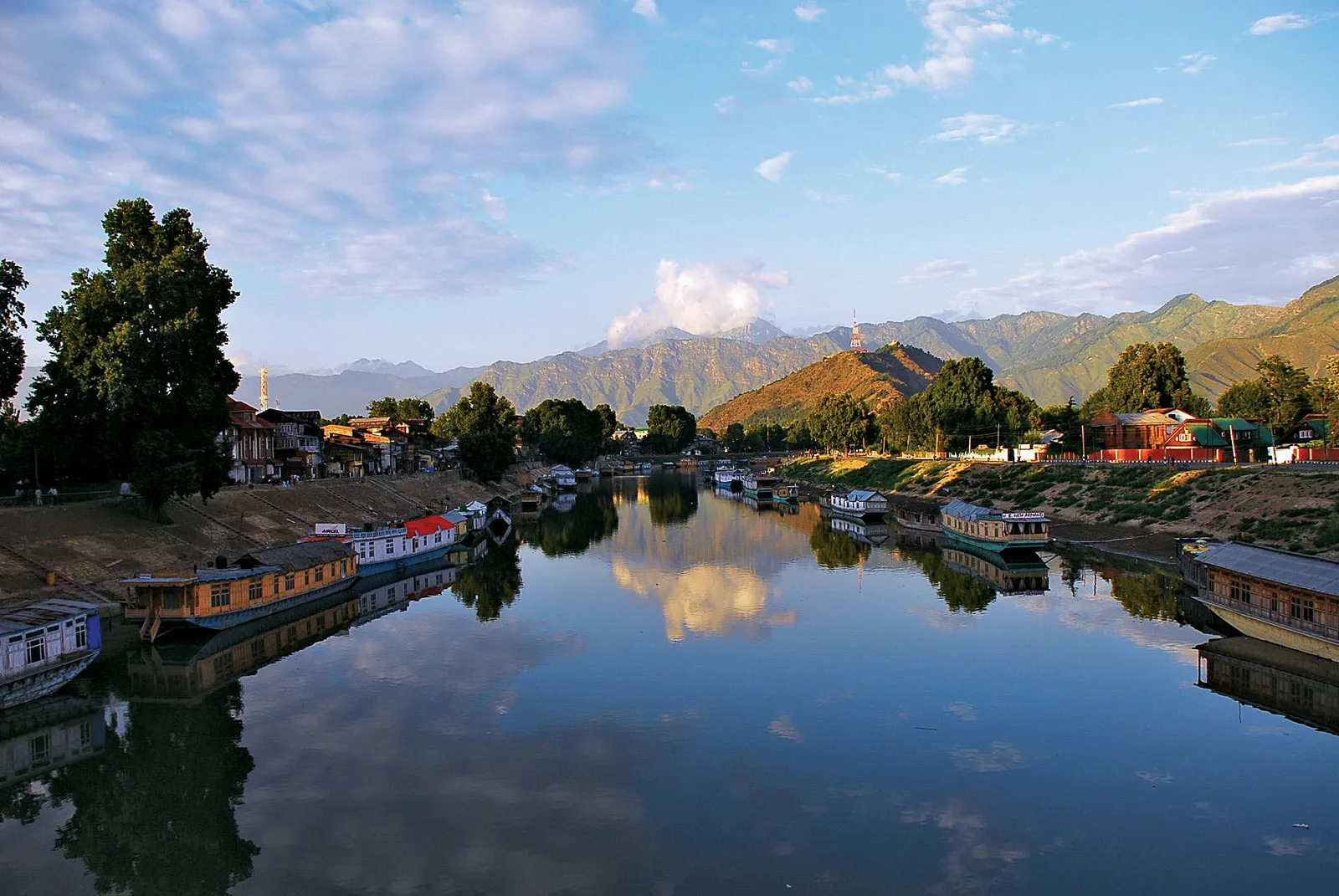
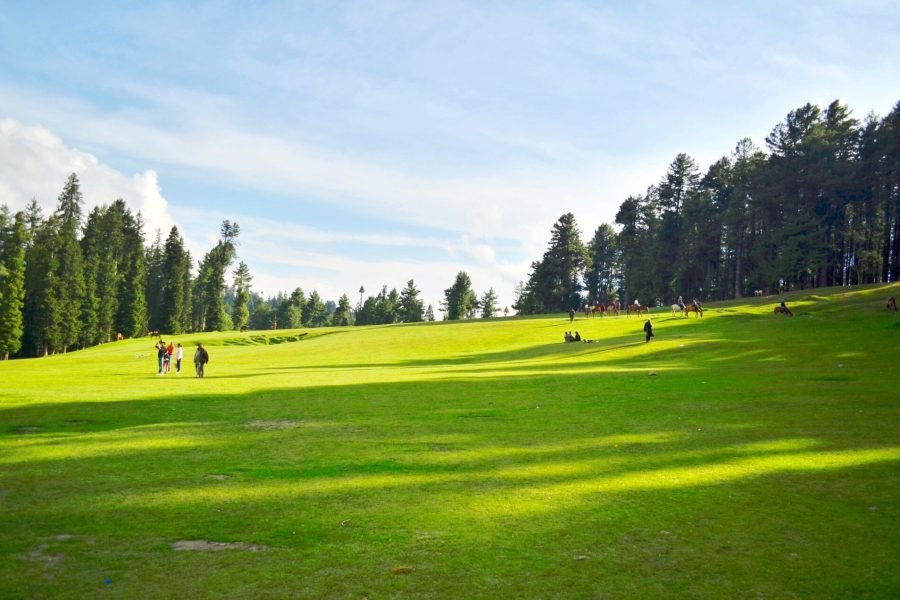
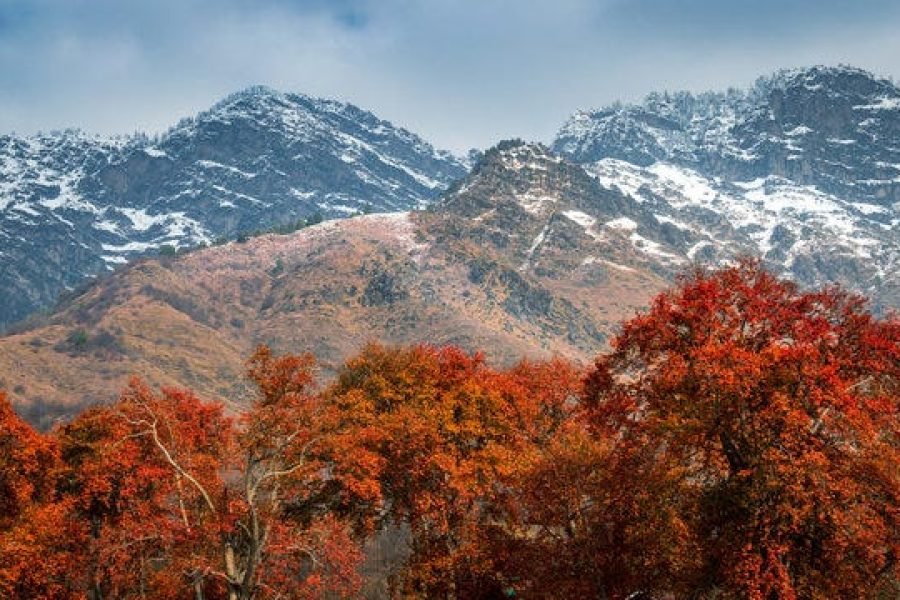
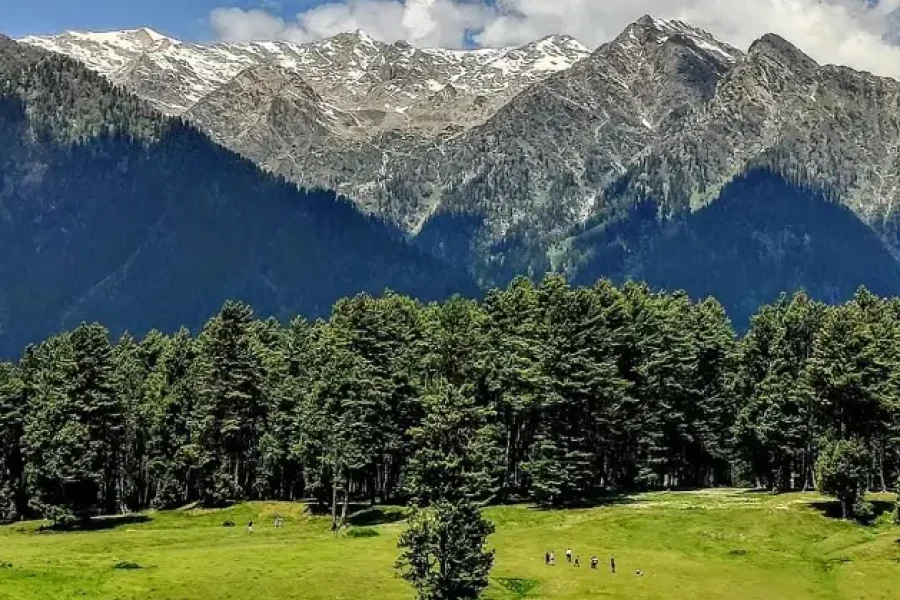
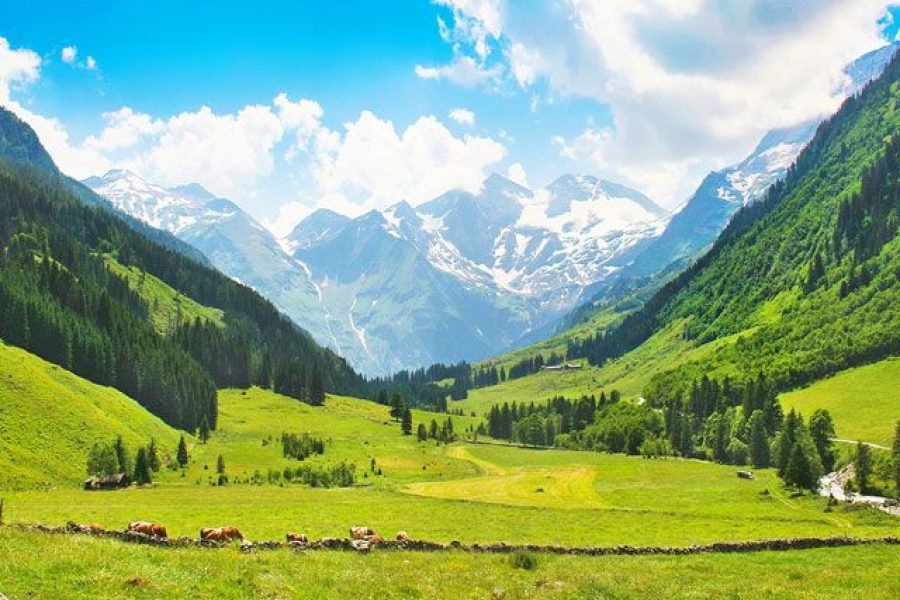
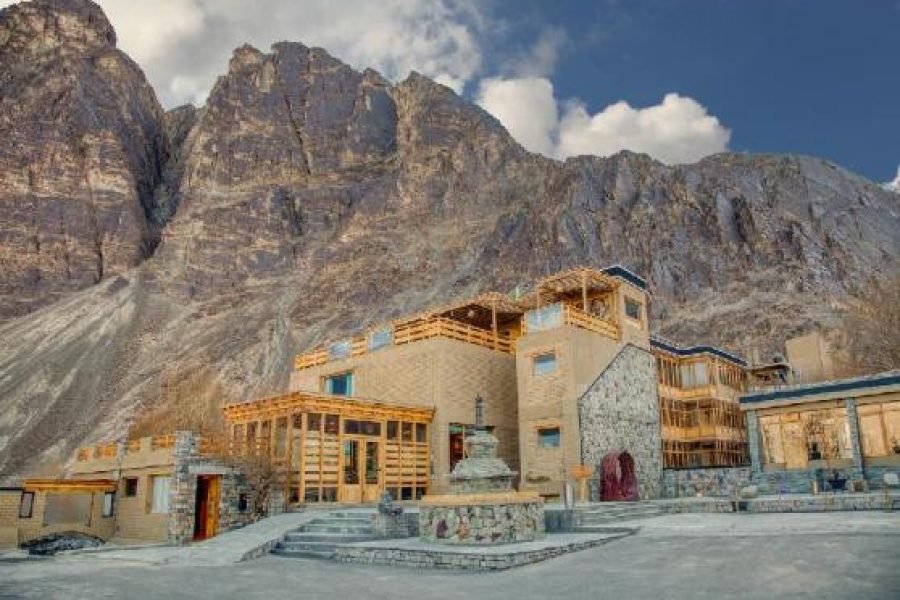
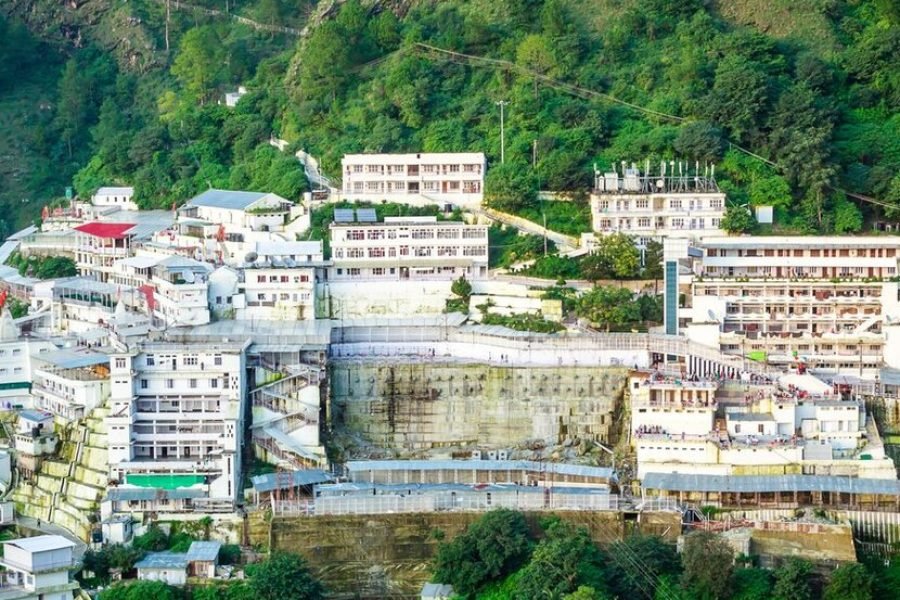
0 Comment